Basketball Positions Explained: A Comprehensive Guide
Do you ever wonder why some basketball players seem to naturally excel in certain positions on the court, while others struggle to find their niche? Is it all about height and athleticism, or are there specific skills and attributes that make a player more suited to a particular role? In this comprehensive guide, I will break it all down into something I call “basketball positions explained”. I will discuss the responsibilities, skills, and attributes of each, as well as the evolution of the game and the emergence of hybrid roles. Get ready to find your perfect position on the court!
Short Summary
- Understanding basketball positions and their unique roles is important to maximize your contribution.
- Each position requires specific skills, such as ball handling for point guards or rebounding for power forwards.
- Identifying the right position requires consideration of size, speed, and physical attributes.
Understanding the Five Basketball Positions
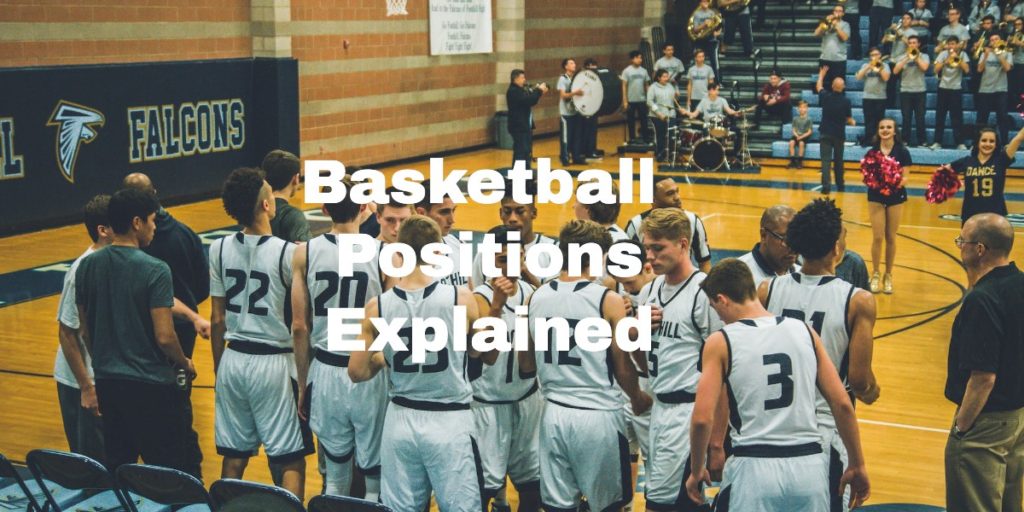
Basketball is a dynamic and fast-paced game that requires a diverse set of skills and abilities from its players. It is one of the reasons I love the game. The five primary basketball positions – point guard, shooting guard, small forward, power forward, and center – each have their unique responsibilities on the court. As a player, understanding your strengths and weaknesses plays into determining which basketball position best suits you.
To help you find your ideal position in basketball, let’s take a closer look at the specific roles and duties of each position. We will also explore the evolution of these positions over time, as well as the emergence of hybrid roles that combine skill sets from traditional positions. By understanding these distinctions, you will be better equipped to excel on the basketball court and contribute to your team’s success.
Point Guard (PG)
The point guard, often referred to as the “floor general”, is the leader of the team. As the primary ball handler and playmaker, their role is to direct plays, set up teammates, and maintain offensive flow. This includes running the team’s offense and creating opportunities both for themselves and other teammates. On the defensive end, point guards are responsible for limiting the dribble penetration of the opposing point guard and sprinting to close out and contest perimeter jump shots.
Scoring point guards and facilitator-type point guards are the two main types of point guards. Each type excels in different areas; scoring point guards are adept at putting the ball in the basket, while facilitator-type point guards are better suited to creating plays for their teammates. Scoring point guards are capable of making shots from three-point or mid-range distances, as well as scoring near the basket with floaters, layups, and/or dunks. In contrast, facilitator-type point guards are distinguished by their high basketball IQ and ability to anticipate plays before they happen, focusing more on setting up their teammates than on scoring themselves.
Shooting Guard (SG)
The shooting guard, or SG, is known as the team’s primary scorer from the perimeter. Their main objective is to score points through perimeter shooting and driving to the basket. Shooting guards are often the team’s best perimeter shooters and are expected to score points, grab rebounds, and provide assists.
In addition to being proficient scorers, shooting guards must also play effective defense. They are responsible for guarding the opposing team’s best perimeter players and disrupting their scoring opportunities. The shooting guard’s role is important in both offensive and defensive aspects of the game, requiring a combination of shooting skills, athleticism, and tenacity on the court.
Small Forward (SF)
The small forward is often considered the most versatile player on the court. They are responsible for securing rebounds, and assisting guards in defending against stronger or taller opposing guards. Offensively, small forwards need to be able to score from various positions on the court, transitioning from shooting three-pointers to slashing to the basket.
LeBron James, Kevin Durant, and Larry Bird are some of the all-time greatest small forwards. They revolutionized the game with their ability to shoot, drive to the bucket and pass. Their versatility in scoring, rebounding, and defending multiple positions has led to the emergence of hybrid roles such as the swingman and the 3-and-D player. Swingmen, like Kobe Bryant and Michael Jordan, are larger and more powerful than most shooting guards and possess excellent ball handling and inside scoring abilities.
In contrast, 3-and-D players are small forwards known for their proficiency in three-point shooting and defensive capabilities.
Power Forward (PF)
Power forwards are the backbone of a basketball team, providing strength and physicality on the court. They are typically strong inside players who excel in rebounding, post play, and mid-range shooting. Power forwards are responsible for defending the opposing team’s post players, setting screens, and scoring in the paint. Shot blocking is an essential attribute for a power forward to succeed in the NBA. Physical rebounding is also a power forward requirement.
With the evolution of the game, we have seen the emergence of stretch fours – power forwards who also can pop out and hit 3s if the defense is packing the paint. The presence of a stretch four can open up opportunities for other offensive perimeter players to drive or cut to the basket, as well as low post opportunities for the team’s center.
Center (C)
The center is traditionally the tallest player on the court, controlling the paint with their shot-blocking, rebounding, and interior scoring. As the last line of defense, they are responsible for protecting the rim and thwarting the opposing team’s attempts to score close to the basket.
On offense, centers use their size and strength to score close to the basket. In recent years, the center position has also seen some evolution with the emergence of stretch fives – players who possess the physical attributes of a traditional center but with the ability to score from beyond the perimeter. Think Nikola Jokic. This adds a new dimension to the team’s offense and further stretches the defense, creating more space for teammates to operate.
Hybrid Basketball Positions
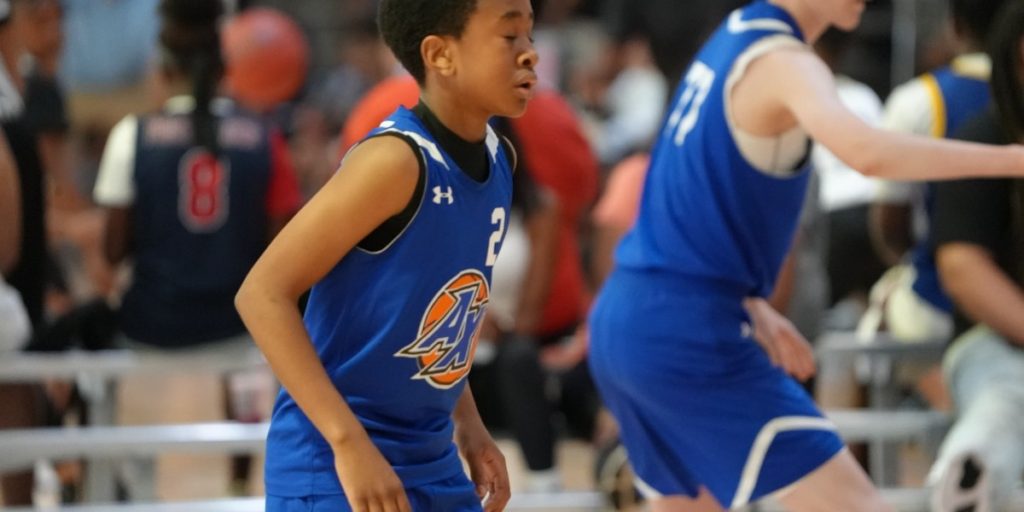
As the game of basketball has evolved over time, so too have the roles of its players. In addition to the traditional positions, we now see an increasing number of hybrid roles emerging in the sport. The combo guard, point forward, and swingman are prime examples of these hybrids, which combine skill sets from more than one position.
These versatile players are reshaping the game and changing the way we think about basketball positions, placing a greater emphasis on skill and adaptability rather than rigidly defined roles.
Combo Guard
The combo guard is a player who possesses the skills to play both the point guard and shooting guard positions on both offense and defense. This versatility allows them to excel in ball handling, passing, and scoring while being able to switch between both positions as needed. NBA player Donovan Mitchell is a prime example of a combo guard, demonstrating the ball handling and passing skills of a point guard, as well as the shooting touch and scoring/slashing ability of a shooting guard.
Point Forward
The point forward is a tall and versatile player who combines the skills of a point guard, small forward, and power forward. They are typically responsible for providing playmaking abilities while also defending multiple positions. Players like LeBron James and Giannis Antetokounmpo exemplify the point forward role, using their size, speed, and athleticism to make plays for their teammates while also contributing to the team’s rebounding and scoring efforts.
The emergence of point forwards in the NBA has expanded the traditional roles of small forwards and power forwards, allowing these players to have a more significant impact on the game. The unique skill set of a point forward enables them to adapt to various situations on the court and help their team succeed in ways that traditional positions might not be able to.
Swingman
The swingman is a versatile player who is capable of playing both the shooting guard and small forward positions. They are known for their ability to shoot from the perimeter, slash to the basket, and defend multiple positions. Kobe Bryant, Michael Jordan, and Jerry West have made their mark in NBA history as some of the most famous swingmen.
Their versatility and adaptability offer a great deal of flexibility to a basketball roster, allowing a team to adjust their strategy depending on the situation and the strengths and weaknesses of their opponents.
Position-Specific Skills and Attributes
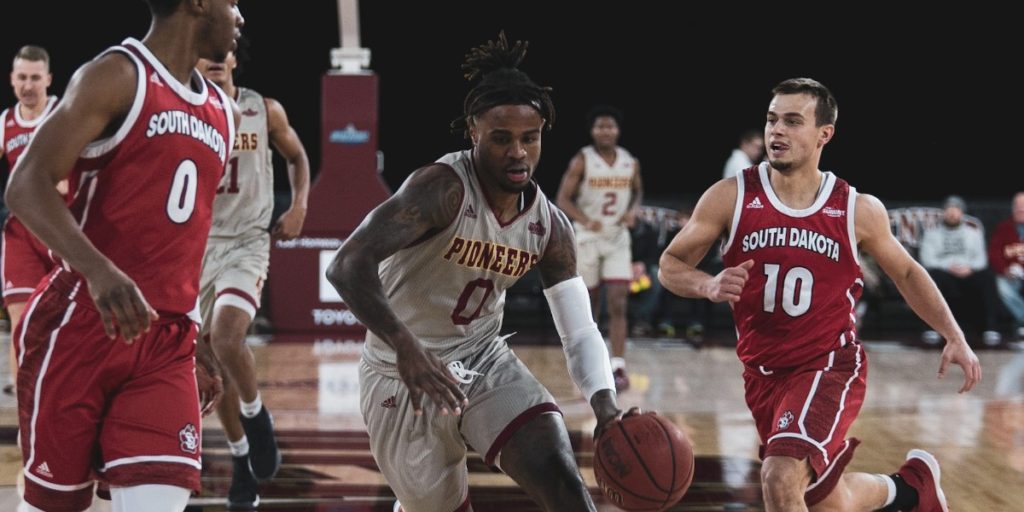
To excel in any basketball position, players must develop a wide range of skills and attributes. In this section, we will discuss the key skills and attributes needed for each position, including ball handling and passing for point guards and combo guards, perimeter shooting for shooting guards, small forwards, and stretch fours, and rebounding and defense for power forwards and centers.
By understanding these position-specific skills and attributes, you can focus on improving your own abilities and maximizing your potential on the basketball court.
Ball Handling and Passing
For point guards and combo guards, ball handling and passing are essential skills in effectively controlling the game and creating opportunities for their teammates. Good ball handling allows players to maintain possession, navigate through defenders, and set up plays.
Passing skills, on the other hand, enable players to distribute the ball accurately and efficiently to their teammates, creating scoring opportunities and maintaining offensive flow. Mastering these skills is important for players in these positions in order to orchestrate plays on the court.
Perimeter Shooting
Perimeter shooting is a high-impact skill for shooting guards, small forwards, and stretch fours. Being able to consistently score from the perimeter stretches the defense and creates space on the court for teammates to operate. Players skilled in perimeter shooting force defenders to respect their range, opening up driving lanes and creating opportunities for post plays.
Developing a consistent and accurate shot from beyond the arc is a valuable asset for any player in these positions.
Rebounding and Defense
Rebounding and defense are vital for power forwards, centers, and versatile small forwards who can guard multiple positions. Rebounding gives teams extra possessions and limits the opposing team’s scoring opportunities.
Defensive skills, such as shot-blocking and guarding multiple positions, enable players to disrupt the opposing team’s offense and protect their basket. By emphasizing rebounding and defense, players in these positions can make a significant impact on the game and help their teams close out close games.
Basketball Position by Numbers
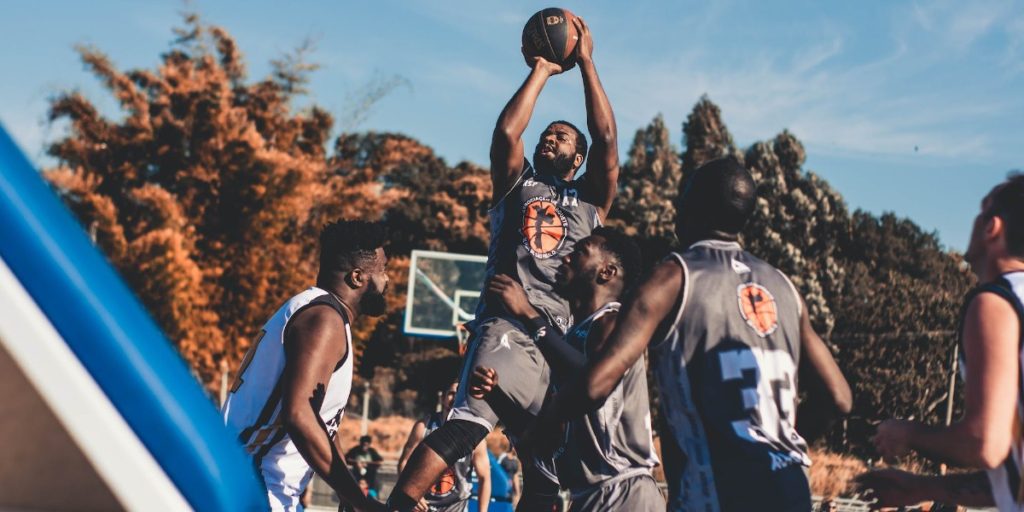
To better understand the roles and responsibilities of each basketball position, a numerical system is often used to identify them. This system designates position 1 for point guard, position 2 for shooting guard, position 3 for small forward, position 4 for power forward, and position 5 for center.
| Numeric Position | Position |
|---|---|
| 1 | Point Guard |
| 2 | Shooting Guard |
| 3 | Small Forward |
| 4 | Power Forward |
| 5 | Center |
Position 1: Point Guard
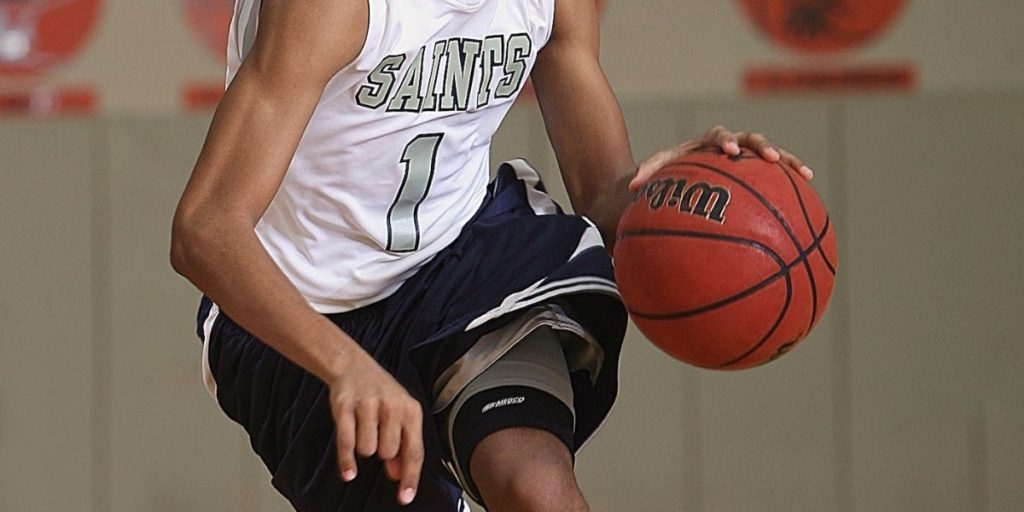
As the primary ball handler and playmaker, the point guard is designated as position 1 in the numerical system. The point guard is responsible for directing plays, setting up teammates, and maintaining offensive flow.
Their ability to control the game, create opportunities for their teammates, and defend the opposing point guard is important to the team’s success.
Position 2: Shooting Guard
Designated as position 2, the shooting guard is the team’s primary scorer from the perimeter. They are expected to score points through perimeter shooting, driving to the basket, and playing lockdown defense.
The shooting guard’s ability to stretch the defense, create scoring opportunities, and defend the opposing team’s best perimeter players can be the difference between a win or loss.

Position 3: Small Forward
The small forward is often the most versatile player on the court. Their role requires them to excel in every aspect of the game: scoring, rebounding, and defending, often guarding multiple positions.
Position 4: Power Forward
The power forward, designated as position 4, is known for their physical play, rebounding, and inside scoring. They are responsible for defending the opposing team’s post players, setting screens, and scoring in the paint.
The power forward’s strength, athleticism, and ability to control the boards play a big part in whether their team will have a successful season. The ability to hit a three-pointer every once in a while is a nice bonus.
Position 5: Center
The center rules the paint with shot-blocking, rebounding, and inside scoring. The center’s ability to impose their presence in the paint, deter opposing players from scoring, and contribute to their team’s offense makes them a vital component of any successful basketball team.
Identifying Your Basketball Position
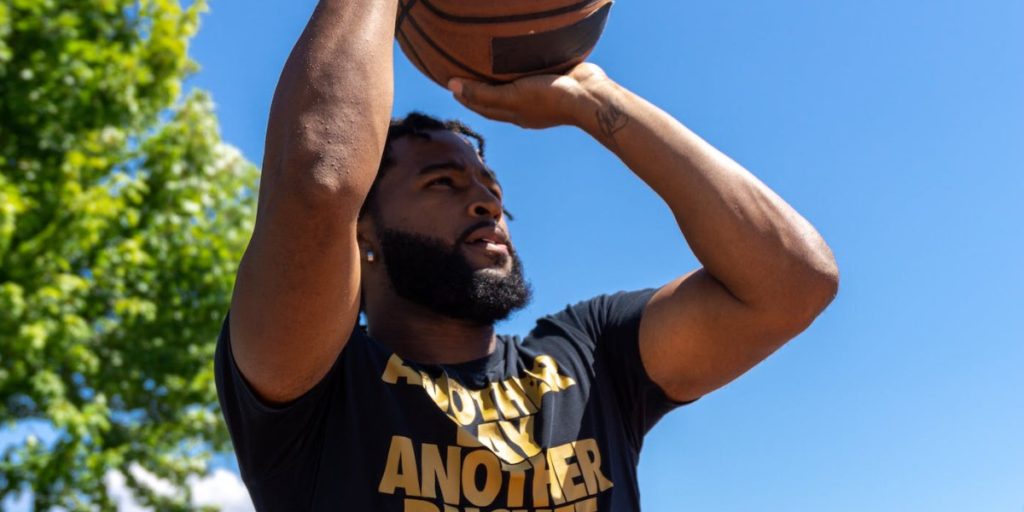
To determine your ideal basketball position, you need to consider your skills, size, speed, and athleticism. Evaluating your ball handling, passing, perimeter shooting, rebounding, and defensive abilities will help you understand where you can contribute most effectively on the court. It’s also important to take into account your height and physical attributes, as these can influence which position is best suited for you.
In addition to identifying your basketball position, practice all basketball skills to develop a complete game. This will not only help you become a more versatile player but will also allow your coach to assign you to different positions depending on the team’s needs. In my youth basketball coaching, we concentrate on 5 out positionless basketball so everyone has a chance to develop every skill.
The Evolution of Basketball Positions
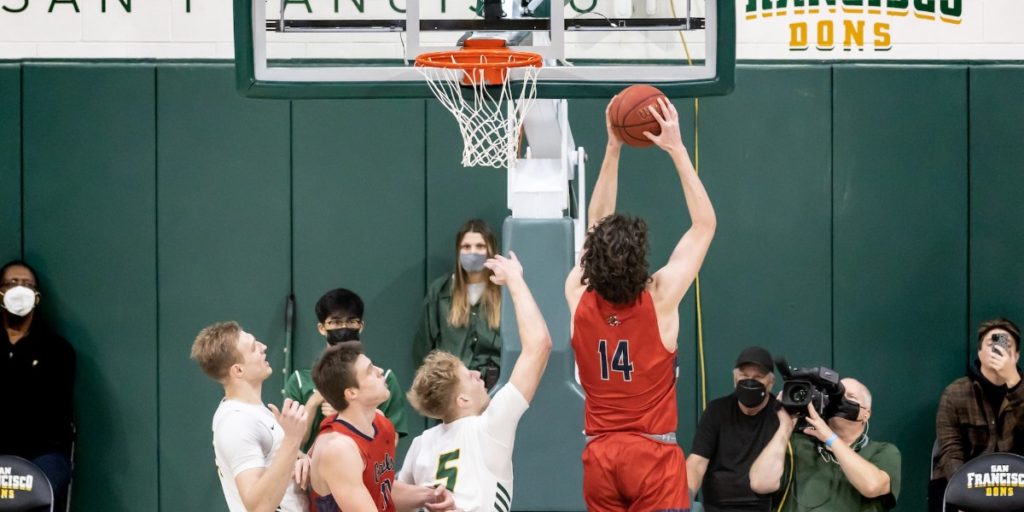
Over time, basketball positions have evolved, and the game has seen a shift toward positionless basketball. This change emphasizes versatility and skill over rigidly defined roles, allowing players to play multiple positions and interchange roles on the court.
The emergence of hybrid roles, such as the combo guard, point forward, and swingman, further demonstrates the increasing need for players to adapt and develop a diverse skill set. By understanding the evolution of basketball positions, players can better prepare themselves for the changing landscape of the game and ensure they remain valuable to their teams.
Summary
In this comprehensive guide, we have covered all aspects of basketball positions, including the responsibilities, skills, and attributes of each. We have also examined the evolution of these positions over time and the emergence of hybrid roles that combine skill sets from traditional positions. Understanding your strengths and weaknesses, as well as developing a diverse skill set, is helpful for maximizing your potential on the basketball court and contributing to your team’s success. So, whether you’re a seasoned player or just starting your basketball journey, take the time to understand the nuances of each position. It’s time to hit the gym and start practicing those skills!
Frequently Asked Questions
How many basketball positions are there?
In basketball, there are five primary positions: point guard, shooting guard, small forward, power forward, and center. These five players are key components in any successful team, as each provides a unique set of skills to the court.
Each position has its own set of responsibilities, from facilitating the offense to defending the basket. Point guards are the primary ball handlers and are responsible for setting up the offense and getting the ball to the right players.
What is a 2 in basketball?
In basketball, a 2 is the Shooting Guard. They are generally the team’s best shooters and possess excellent dribbling, passing, and court vision abilities.
Is a small forward a big man?
No, a small forward is not a big man. Small forwards are usually shorter than power forwards and centers tend to have quicker reflexes and better ball-handling skills.
Centers, on the other hand, are usually the tallest players on the team and have great strength and body mass.
What does 4 and 5 mean in basketball?
In basketball, 4 and 5 refer to the Power Forward and Center positions respectively. The Power Forward (PF) typically stands between 6’9″ to 6’11” tall and the Center (C), also known as the five or the pivot, is usually the tallest player on the team, often close to 7 feet tall.
These two positions are important for team defense and rebounding.
Troy Wallace
Troy Wallace is Certified Basketball Speed Specialist and shares his experiences in trying to stay as healthy as possible to stay on the court. He is active in coaching youth basketball in YMCA, Team Work Sports Nebraska, and, currently, in the Jr. Warriors program in Omaha, NE. Visit Troy's Full Author Bio Page or email him directly.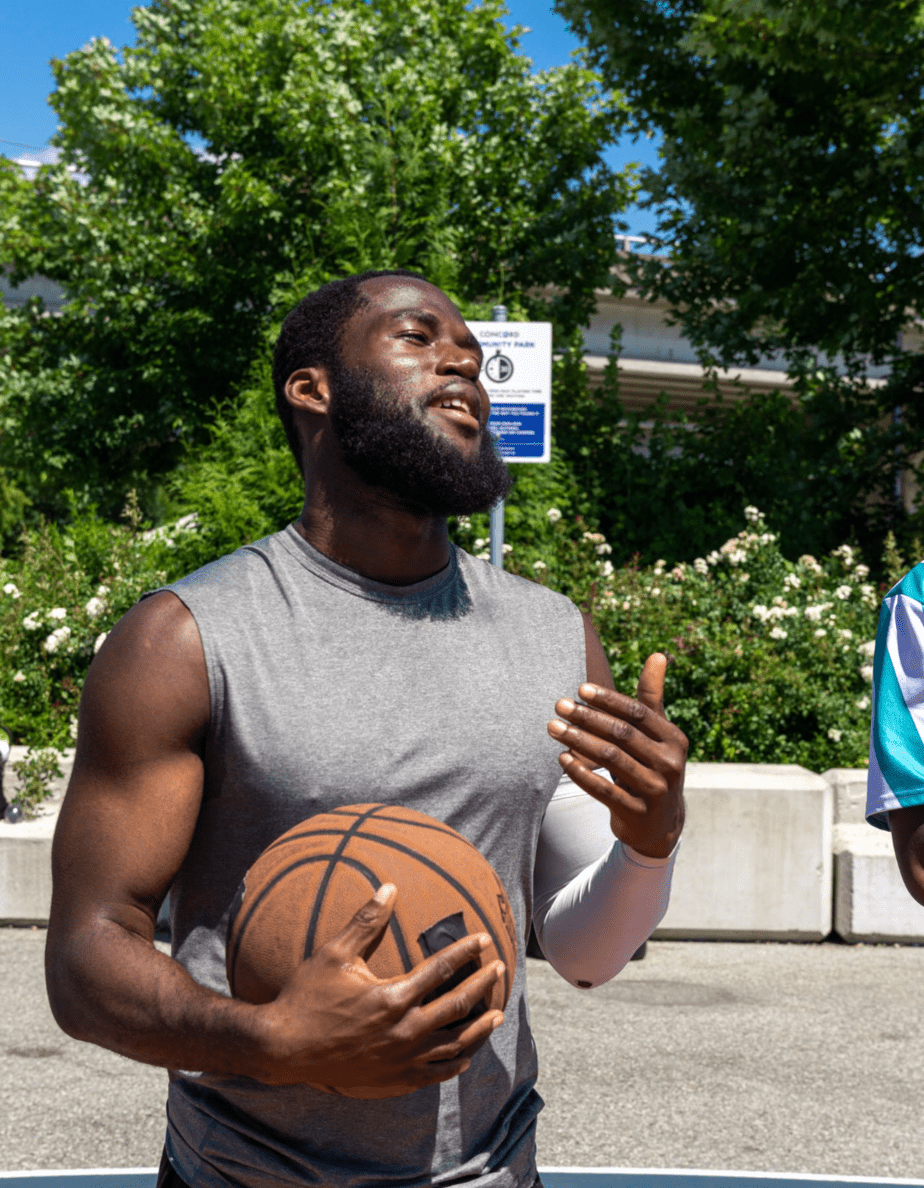
Meaningful conversations happening daily about training, recovery, and injury-specific rehabilitation as well as sport-specific discussions on playing, coaching and refereeing your favorite sport. We welcome experts and those with curious minds seeking answers.
Join The Stay On The Court Community!